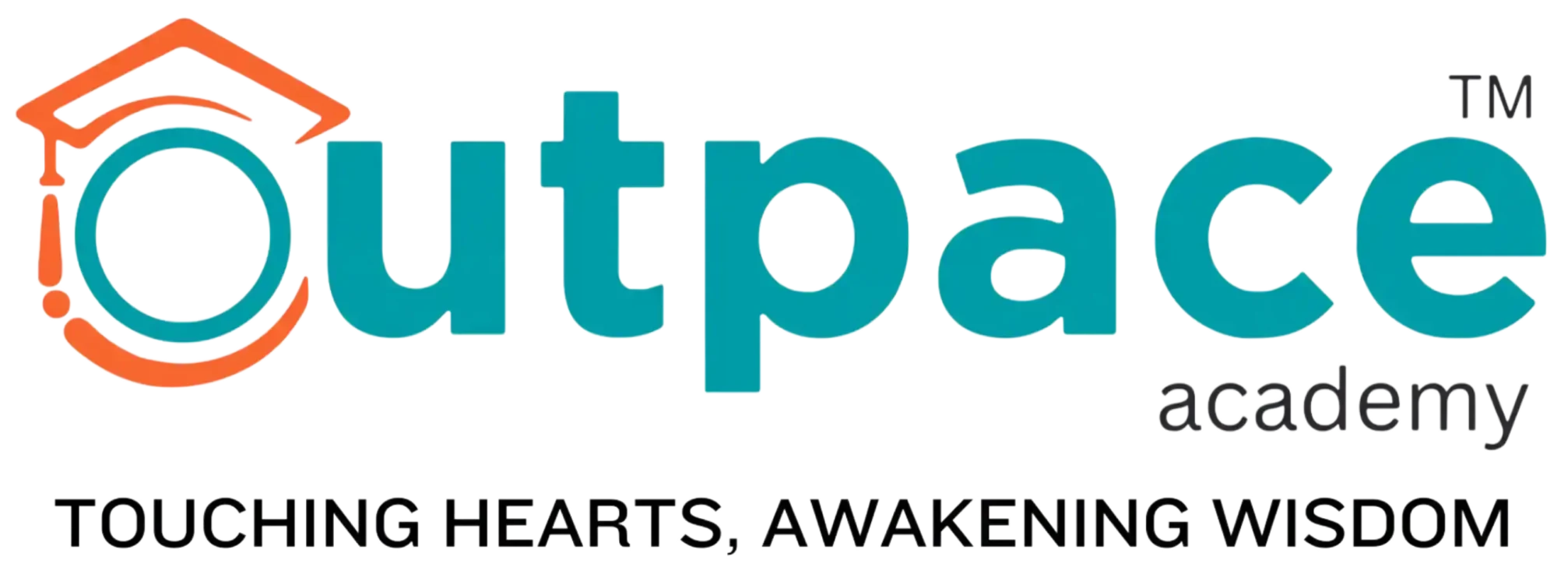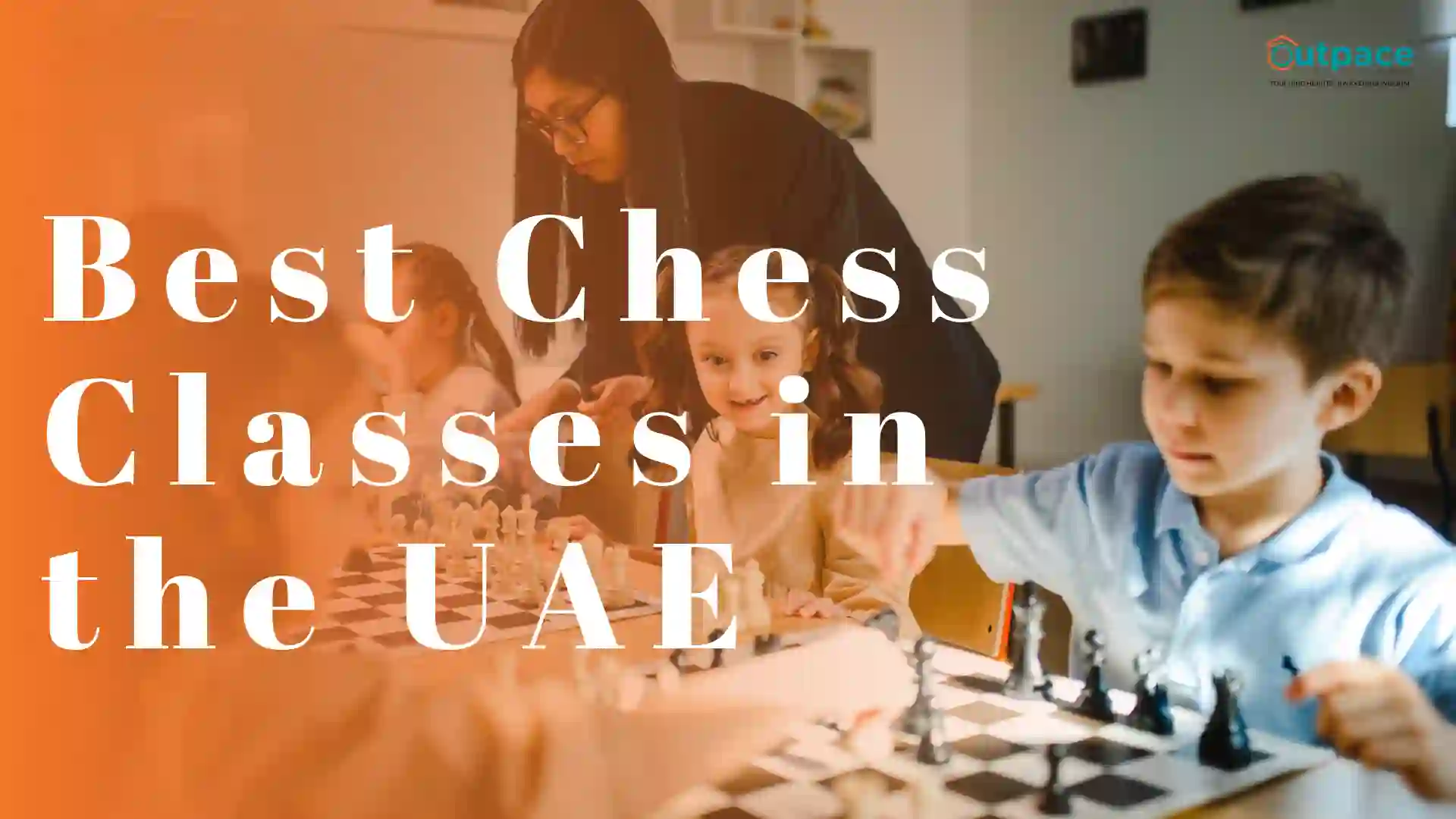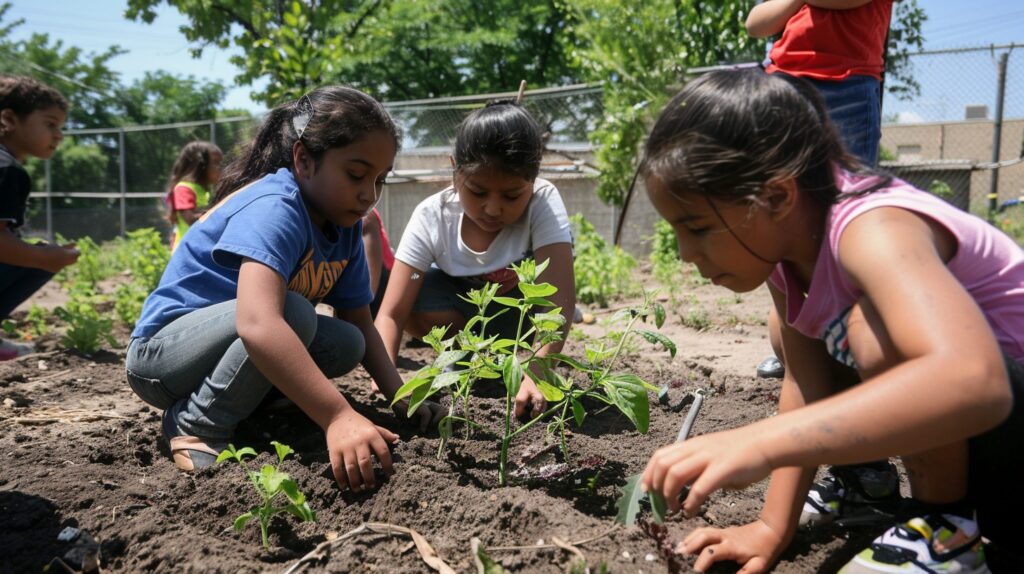
Introduction
As parents, we all want the best for our children. We dream of seeing them grow, learn, and thrive in an environment that nurtures their curiosity and passion. At Outpace Academy, we believe that education goes beyond the confines of a traditional classroom. It’s about embracing life’s everyday moments as rich learning opportunities. By adopting a holistic approach to learning, you can support your child’s development and growth in a more comprehensive and child-centered way. Let’s explore how you can support your child’s development and growth through a more holistic, child-centered approach to learning.
Learning Through Life: Everyday Experiences Matter
Education doesn’t need to be confined to a classroom. Everyday experiences and interactions can be rich learning opportunities, fostering curiosity and practical knowledge. Whether it’s cooking a meal together, exploring nature, or even a simple trip to the grocery store, there are countless ways to weave learning into daily activities. By engaging in these experiences, children develop practical skills and a deeper understanding of the world around them. This is an integral part of a holistic approach to learning.
Child-Led Learning: Let Their Curiosity Lead the Way
Children are naturally curious and capable of directing their own learning. Allowing them to follow their interests can lead to deeper and more meaningful educational experiences. If your child shows an interest in dinosaurs, for instance, you can provide books, documentaries, and even plan visits to museums. This child-led approach not only makes learning more enjoyable but also fosters a sense of ownership and pride in their education.
Flexibility and Freedom: Creating an Optimal Learning Environment
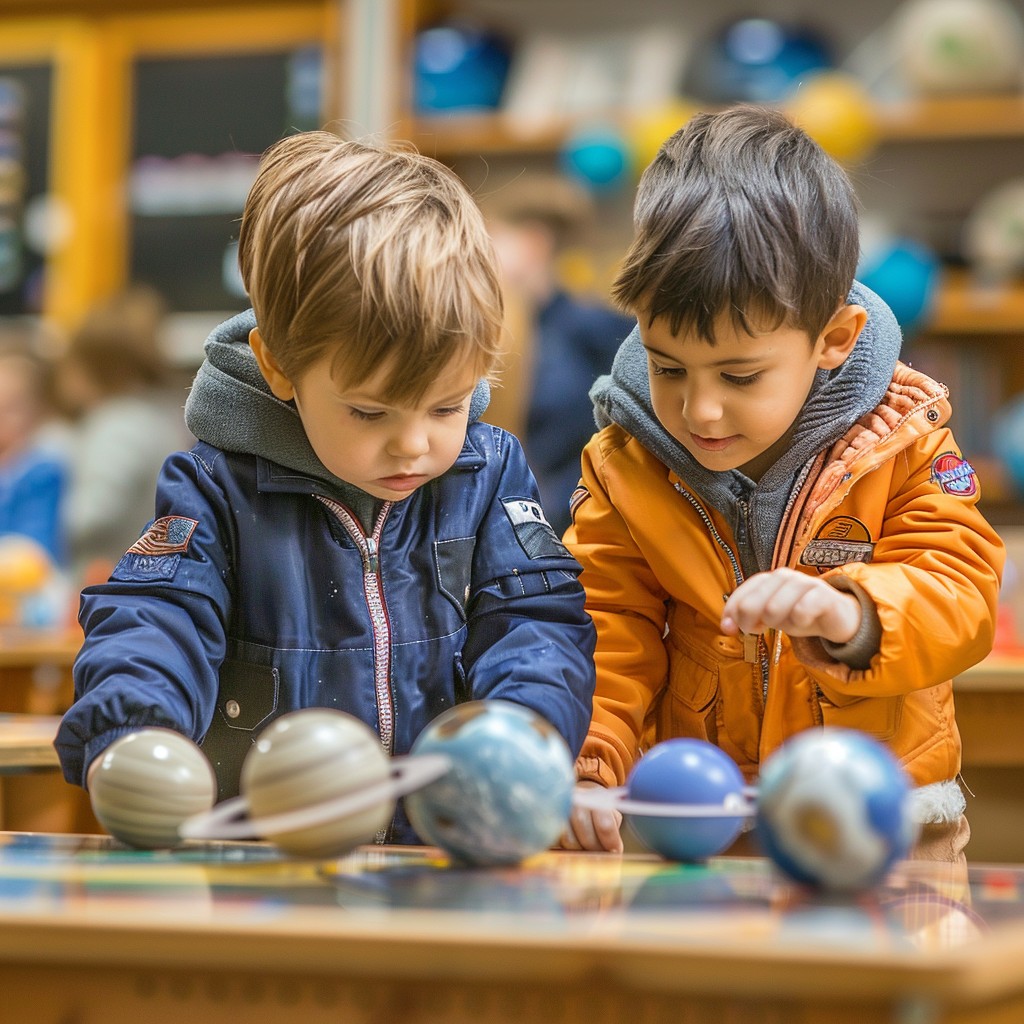
Flexibility in learning schedules and environments can enhance creativity and engagement. Rigid structures are not necessary for effective education. Instead, create a flexible learning environment where your child feels free to explore and express themselves. This might mean having a cozy reading nook, a dedicated art space, or simply allowing them to choose their study times. The key is to create a space where they feel comfortable and inspired to learn. This flexibility is essential to a holistic approach to learning.
Trust in Children’s Abilities: Empowering Independence
Trusting children to take charge of their education empowers them and builds confidence. Believing in their abilities encourages independence and self-motivation. When children feel trusted and capable, they are more likely to take initiative and pursue their interests with enthusiasm. This trust lays the foundation for lifelong learning and self-reliance. This trust lays the foundation for lifelong learning and self-reliance, integral to a holistic approach to learning.
The Importance of Play: Learning Through Joy
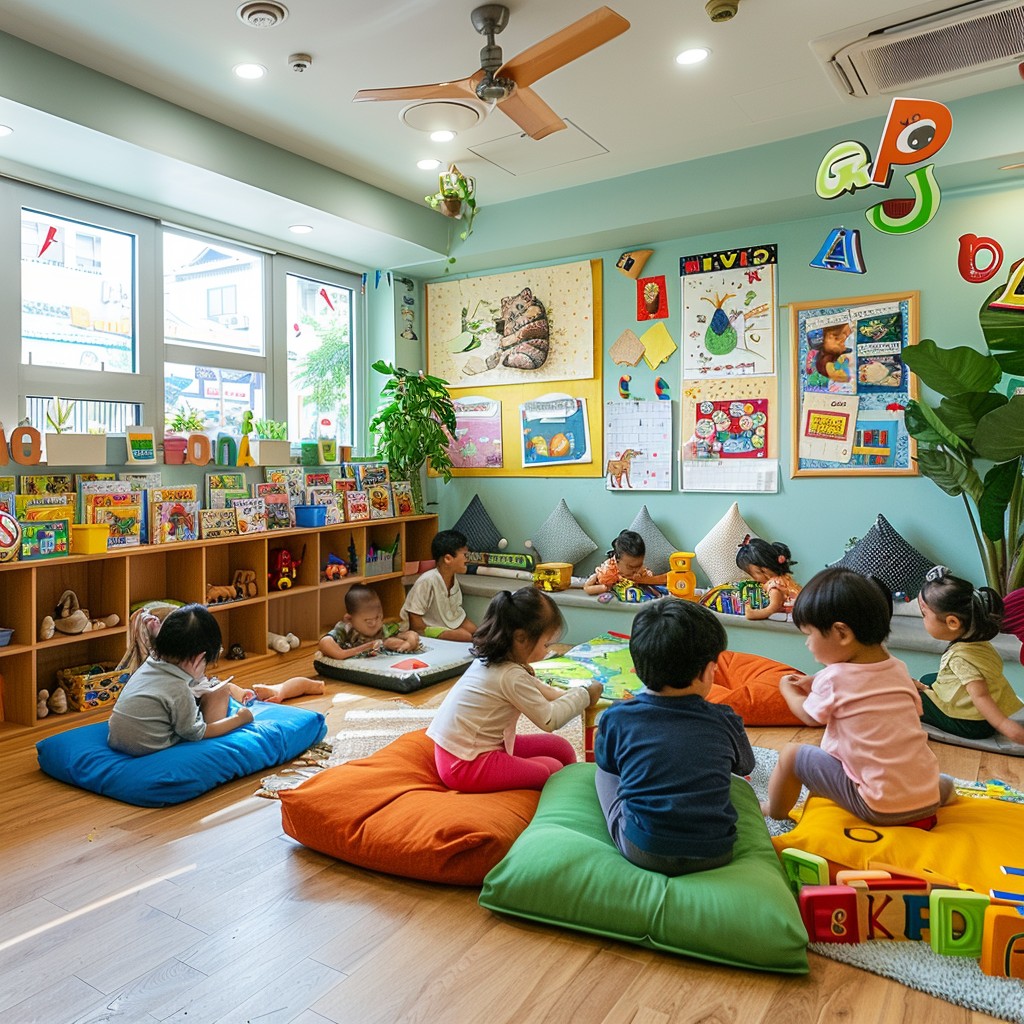
Play is a vital component of learning, especially for young children. It promotes cognitive, social, and emotional development in a natural and enjoyable way. Through play, children learn to solve problems, interact with others, and express their creativity. Encourage unstructured playtime and provide a variety of toys and materials that stimulate imagination and exploration.
Community as a Classroom: Expanding Horizons
The community can provide diverse learning opportunities. Engaging with different people, places, and activities outside the home enriches a child’s educational experience. From visiting local libraries and parks to participating in community events and volunteer activities, there are endless ways to learn from the world around us. These experiences help children develop a broader perspective and a deeper connection to their community. These experiences help children develop a broader perspective and a deeper connection to their community, crucial for a holistic approach to learning.
Cultural Understanding in Education: Enhancing Student Learning
Incorporating cultural understanding in education enriches the learning experience by fostering empathy, respect, and a global perspective. By exposing children to diverse cultures and traditions, we help them appreciate and celebrate differences, which is essential in today’s interconnected world. To learn more about the impact of cultural understanding on student learning, check out our detailed blog on How Cultural Understanding in Education Enhances Student Learning.
Individualized Learning: Respecting Unique Paces and Styles
Each child learns at their own pace and in their own way. Personalized approaches to education respect and accommodate these differences, leading to better outcomes. Pay attention to your child’s learning style and tailor your approach accordingly. Some children might thrive with hands-on activities, while others prefer reading or visual aids. The goal is to create a learning experience that aligns with their individual needs and strengths.
Critical Thinking and Problem-Solving: Building Resilience
Encouraging children to think critically and solve problems on their own fosters resilience and adaptability. These skills are crucial for lifelong learning and success. Provide opportunities for your child to tackle challenges, whether it’s through puzzles, experiments, or open-ended questions. By practicing critical thinking, they learn to approach problems with confidence and creativity.
Lifelong Learning: Instilling a Love for Knowledge
Education is a lifelong journey, not limited to childhood or adolescence. Instilling a love for learning helps children continue to seek knowledge and growth throughout their lives. Model a love for learning by pursuing your own interests and sharing your discoveries with your child. Create an environment where curiosity is celebrated and learning is seen as a joyful, ongoing adventure.
Parental Involvement and Support: Being an Active Participant
Parents play a key role in facilitating and supporting their children’s education. Active involvement and encouragement can greatly enhance the learning experience. Be there to celebrate their achievements, provide guidance, and offer a listening ear. Your support and encouragement can make a world of difference in their educational journey.
Conclusion
In embracing a holistic approach to learning, we open up a world of possibilities for our children. By integrating education into everyday life, trusting their abilities, and fostering a love for learning, we can help them grow into confident, curious, and capable individuals. Remember, as parents, we have the power to create enriching, supportive environments where our children can truly thrive. Let’s embark on this journey together, nurturing their growth every step of the way.
FAQs
- How can I incorporate learning into everyday activities?
- Engage your child in everyday tasks like cooking, gardening, or shopping, turning them into fun, educational experiences.
- What are some benefits of child-led learning?
- Child-led learning encourages deeper engagement, fosters independence, and makes education more enjoyable for children.
- How can I create a flexible learning environment at home?
- Provide different learning spaces, allow choice in activities, and adapt the schedule to suit your child’s natural rhythms.
- Why is play important for learning?
- Play promotes cognitive, social, and emotional development, helping children learn problem-solving, cooperation, and creativity.
- How can I support my child’s individual learning style?
- Observe how your child learns best and provide resources and activities that align with their preferences, whether they are visual, auditory, or kinesthetic learners.
